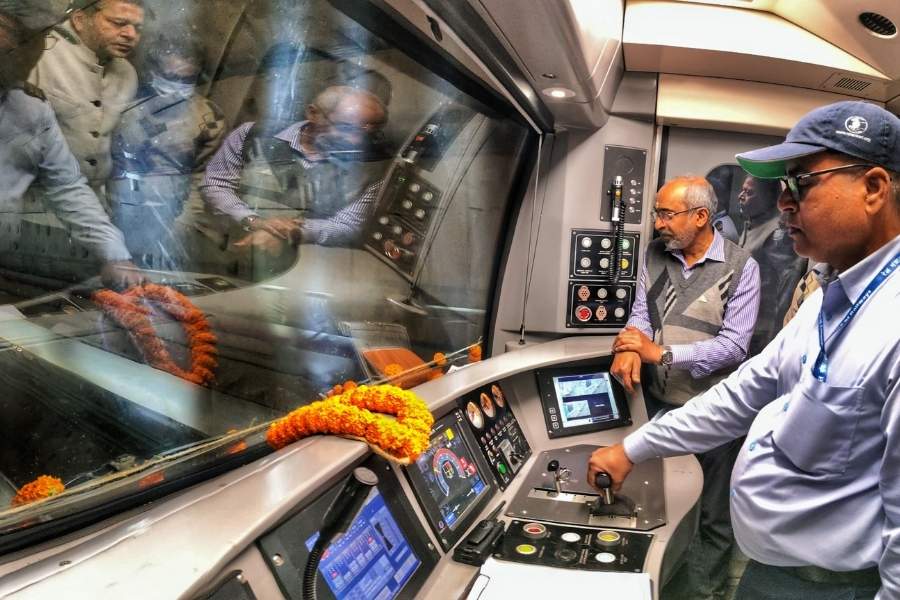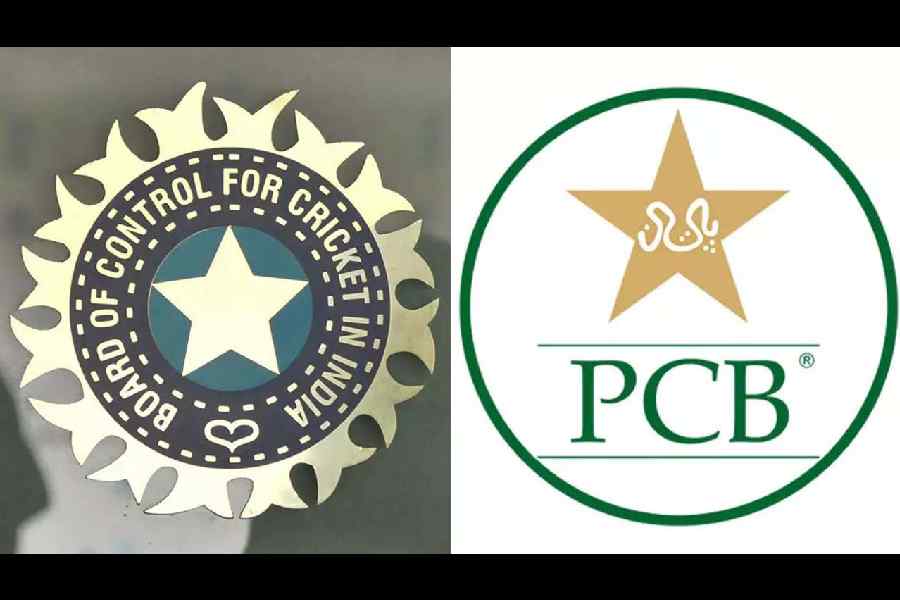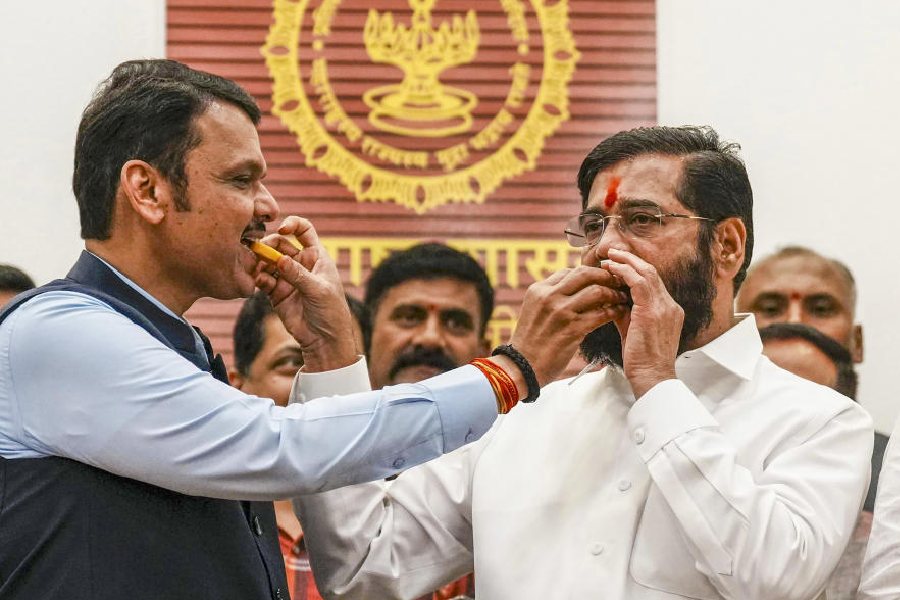 Wednesday, 22 January 2025
Wednesday, 22 January 2025
 Wednesday, 22 January 2025
Wednesday, 22 January 2025
John Mayall, the trailblazing British bandleader whose 1960s blues group ‘Bluesbreakers’ produced some of the biggest names in rock history, passed away on Monday at the age of 90 in his California home. Mayall has earned the sobriquet "the godfather of British blues" for bringing in and honing the skills of a slew of young, talented musicians who have gone on to become household names.
Eric Clapton
English rock and blues legend Eric Clapton, who ranks second in Rolling Stone's list of the "100 Greatest Guitarists of All Time," has acknowledged the pivotal influence of John Mayall in shaping his ‘sound.’ Clapton joined Mayall's band, the Bluesbreakers, in 1965, after which he broke away to form the iconic supergroup Cream. In his book, “Clapton: The Autobiography” (2007), Clapton described playing in the Bluesbreakers under Mayall’s tutelage as a rigorous but rewarding kind of musical finishing school. “[Mayall] saw my worth,” he wrote, and “offered me a vision of what I could be as a blues player". Clapton went on to gain a reputation as the best blues guitarist on the club circuit, and the album "Blues Breakers with Eric Clapton" became iconic, showcasing his explosive guitar work and inspiring the famous slogan, “Clapton is God.”
Peter Green
Blues rock singer-songwriter Peter Green, best known as the founder of the celebrated rock group Fleetwood Mac, originally replaced Eric Clapton in Mayall’s band Bluebreakers. Mayall recognized the 19-year-old Green’s potential early on, stating in 1966, “He might not be better [than Clapton] now, but you wait, in a couple of years, he’s going to be the best.” Green's time with the Bluesbreakers was transformative, as Mayall's dedication to authentic blues helped him refine his expressive style. Green noted in a 1988 interview with Guitarist, “I’m only Eric Clapton’s replacement, I’m not Eric Clapton. I didn’t really know what I was doing on the guitar. I was very lucky to get anything remotely any good. I used to dash around on stepping stones, that’s what I used to call it.” Green's work on the 1967 album ‘Hard Road,’ which featured tracks he had composed, ‘The Same Way’ and ‘The Supernatural’, earned him widespread acclaim and the nickname ‘The Green God,’---prepping him for his later success with Fleetwood Mac.
Mick Taylor
The third major musician to join Mayall’s Bluebreakers was guitarist Mick Taylor of Rolling Stones fame. Having impressed Mayall, Taylor replaced Peter Green in 1967. Taylor made his debut with the Bluesbreakers at the Manor House, a well-known blues club in north London, attracting attention with people eager to see "this 17-year-old kid try and replace Eric." Taylor toured and recorded the album ‘Crusade’ with the band and played on several Bluesbreakers albums, including ‘Diary of a Band’, ‘Bare Wires’, and ‘Blues from Laurel Canyon’. From 1966 to 1969, he developed a distinctive guitar style blending blues with Latin and jazz influences. After Brian Jones left the Rolling Stones in 1969, it was John Mayall who recommended Taylor to Mick Jagger. Taylor, initially called in as a sessions musician, impressed Jagger and Keith Richards, and was invited to join the group.
Mick Fleetwood
Musician-songwriter Mick Fleetwood, best known as the drummer of Fleetwood Mac, joined the Bluesbreakers in 1967, following the departure of Aynsley Dunbar. The stint would be transformative for Fleetwood’s career. Fellow band member Peter Green helped him in his early experimentation with the drums. Fleetwood was, however, dismissed from the Bluesbreakers for repeated insobriety during gigs. Peter Green chose to invite Mick Fleetwood and John McVie, to join him in his new band, Fleetwood Mac, which would go on to achieve widespread acclaim as a pop hit machine of the seventies.
John McVie
Bassist Cliff Barton recommended bass-guitarist John McVie to John Mayall, who offered him a chance with the Bluesbreakers. McVie accepted while maintaining his day job as a tax inspector for another nine months before transitioning to a full-time musician. Under Mayall's mentorship, McVie, who had no formal music training, learned to play the blues by listening to records of B.B. King and Willie Dixon, part of Mayall’s huge personal collection. McVie played bass for the Bluesbreakers for four and-a-half years, during which he was fired and rehired multiple times. Peter Green, McVie, and Mick Fleetwood of the Bluebreakers quickly forged a strong personal relationship, and McVie joined Green’s new band, Fleetwood Mac, in 1967.
Jack Bruce
Scottish vocalist and bassist for the eminent rock group Cream, Jack Bruce briefly joined John Mayall and the Bluesbreakers, which also featured Eric Clapton, Bruce’s future bandmate. Although his time with the band was short and he did not contribute to any releases, recordings with Bruce were later released on albums like "Looking Back" and "Primal Solos." Following his stint with the Bluesbreakers, Bruce found commercial success with Manfred Mann in 1966, with the number one single, “Pretty Flamingo.” When interviewed for the VH1 show Classic Albums, John Mayall said that Bruce was attracted by the commercial success of Manfred Mann.
Andy Fraser
Bassist-songwriter Andy Fraser, best known as a member of rock band ‘Free,’ briefly played with John Mayall and the Bluesbreakers. Fraser joined Mayall's band at the age of 15, showcasing his prodigious talent on bass. His stint with the Bluesbreakers was significant, introducing him to the music scene and fellow guitarists like Mick Taylor. Fraser would go on to achieve fame with Free, where he co-wrote hits such as "All Right Now."
Aynsley Dunbar
Liverpool drummer Aynsley Dunbar joined the Bluesbreakers in 1966, a period characterised by frequent lineup changes within the band. After an invitation to gig with Mayall, he was asked to join the group, and cut the influential album “A Hard Road” with Peter Green and John McVie. “That only lasted for six months,” Dunbar said later, “because Mayall wanted me to stop playing as much as I was, and become more of a ‘Blues drummer.’ I didn’t want to do that, so I decided to leave.” In another interview, he stated ” I eventually got the sack for playing too advanced. He wanted me to sit in the background and just play away.” After leaving Mayall's band, he went on to gain prominence playing for several renowned musicians and bands, including Frank Zappa, Jeff Beck, David Bowie, Mick Ronson and Journey.







